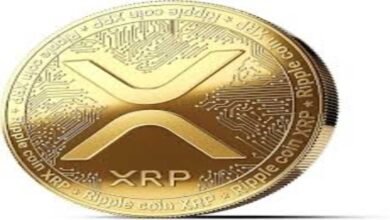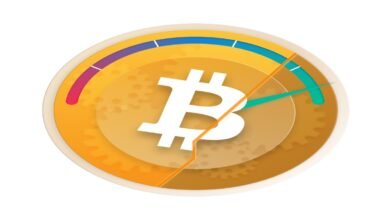
A decentralized payment network refers to a financial system where no single entity or centralized authority
(such as a bank or government) controls or manages the transactions. Instead, control is distributed among a network of independent participants, often using a blockchain or other distributed ledger technology (DLT). The goal of such a system is to enable secure, transparent, and tamper-resistant transactions without the need for intermediaries.
How it Works in the Context of XRP:
The XRP Ledger (XRPL) is an example of a decentralized payment network. Here’s how decentralization is implemented in XRP and its benefits:
1. Validators:
- In the XRP Ledger, the transaction validation process is handled by a decentralized group of independent validators.
- Validators are responsible for confirming and verifying the transactions, ensuring they are legitimate.
- Unlike traditional systems where a central authority (such as a bank) verifies transactions, XRP uses a network of trusted validators to reach consensus and finalize transactions. This makes the system decentralized and removes the need for a central clearinghouse.
2. Distributed Ledger:
- The XRP Ledger is a public blockchain, meaning all transactions are recorded on a shared ledger that is distributed across multiple nodes in the network.
- Each participant in the network has access to the same ledger, ensuring transparency and immutability. This makes it more difficult for any single participant to alter transaction history or manipulate the system.
3. Consensus Algorithm:
- The XRP Ledger uses a consensus algorithm known as the RippleNet Consensus Protocol (also called the Ripple Protocol). This allows validators to come to an agreement (or “consensus”) on the order and validity of transactions without relying on mining or energy-intensive processes, as seen in Bitcoin.
- Instead of mining, validators in the XRP network work together to validate and approve transactions. This results in quicker finality (transactions are confirmed in just a few seconds) and minimal energy usage compared to proof-of-work systems.
4. Security:
- Since the XRP Ledger is decentralized, it is much harder for a single actor to take control or manipulate the system. Transactions are cryptographically secure, meaning that once a transaction is recorded on the blockchain, it cannot be altered or reversed without the consensus of the network.
- The decentralized nature of the network ensures that there is no central point of failure, making the system more resilient to attacks or technical issues that could affect traditional centralized systems.
5. Transparency:
- One of the key features of a decentralized network like XRP is transparency. Since the ledger is publicly accessible, anyone can view the entire transaction history. This makes the system more open and auditable compared to centralized systems, where transaction data may be hidden or controlled by the organization running the network.
6. No Central Authority:
- In a decentralized payment network, there is no central authority (such as a bank or government agency) controlling the flow of funds or making decisions about the network. Instead, the participants in the network (validators and users) collectively ensure the system’s integrity.
- This gives users more control over their funds and eliminates reliance on a central intermediary.
7. Global Accessibility:
- Decentralized payment networks like XRP are accessible to anyone with an internet connection, making it easier for people to send and receive payments across borders without relying on traditional banks or financial institutions.
Key Benefits of a Decentralized Payment Network:
- No Intermediaries: Removes the need for middlemen (like banks or payment processors) and their associated fees and delays.
- Speed and Efficiency: Transactions can be completed much faster compared to traditional systems.
- Security and Trustlessness: Transactions are secure and transparent, and users don’t have to trust any single party. Instead, they trust the consensus mechanism and the network’s protocol.
- Global Reach: Enables cross-border transactions without the need for traditional currency exchanges or intermediaries, making it more inclusive for people who are underserved by traditional banking systems.
XRP’s Semi-Decentralization:
It’s important to note that while the XRP Ledger is decentralized in its architecture, the degree of centralization is a point of debate in the community due to Ripple Labs’ significant control over the network’s development and a large portion of the XRP token supply being held by Ripple. However, the network’s decentralized validator model helps mitigate some of these concerns.
In summary, the decentralized payment network in the context of XRP allows for fast, low-cost, and secure transactions without the need for central intermediaries, promoting a more efficient global payment system.



